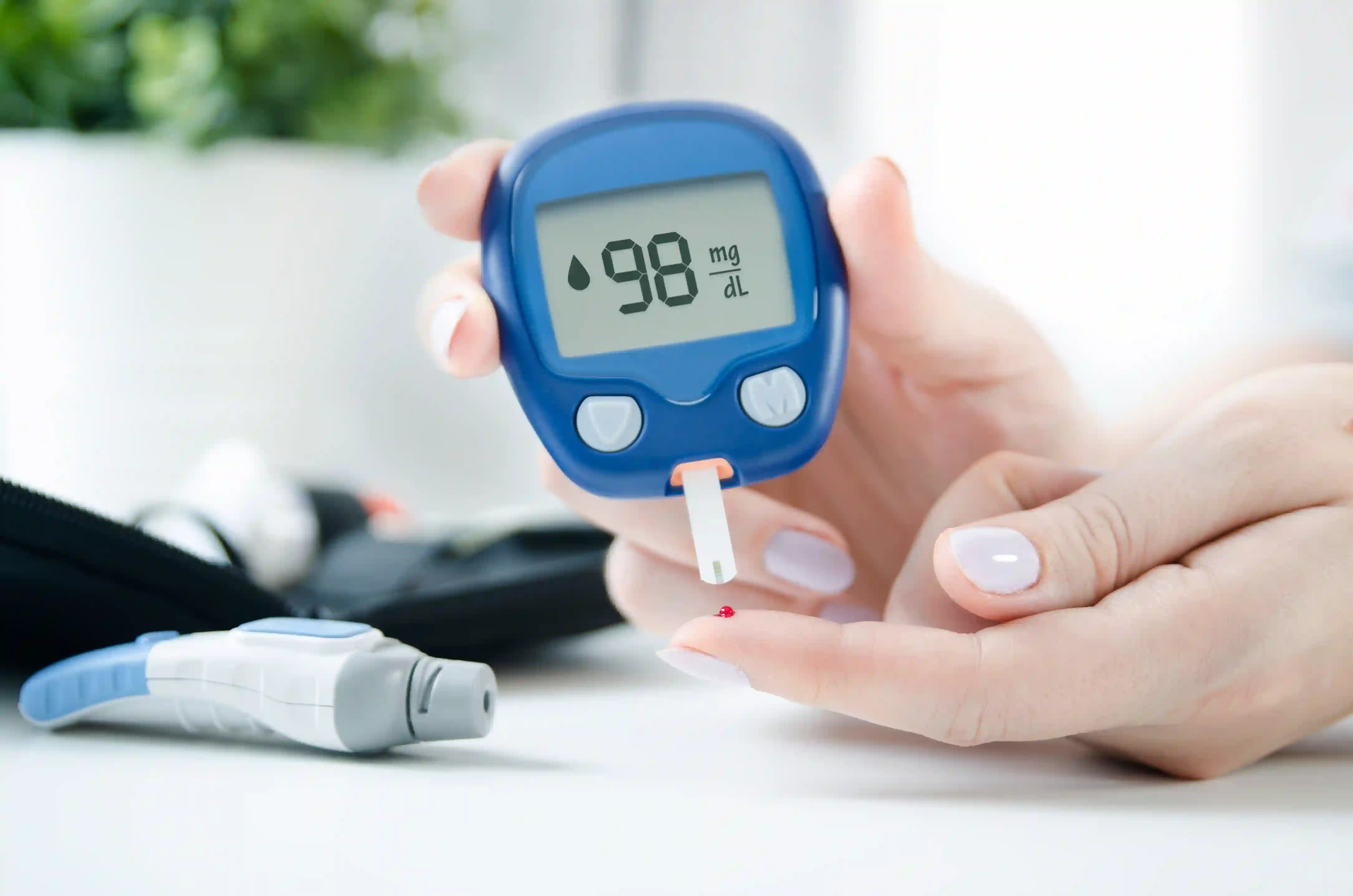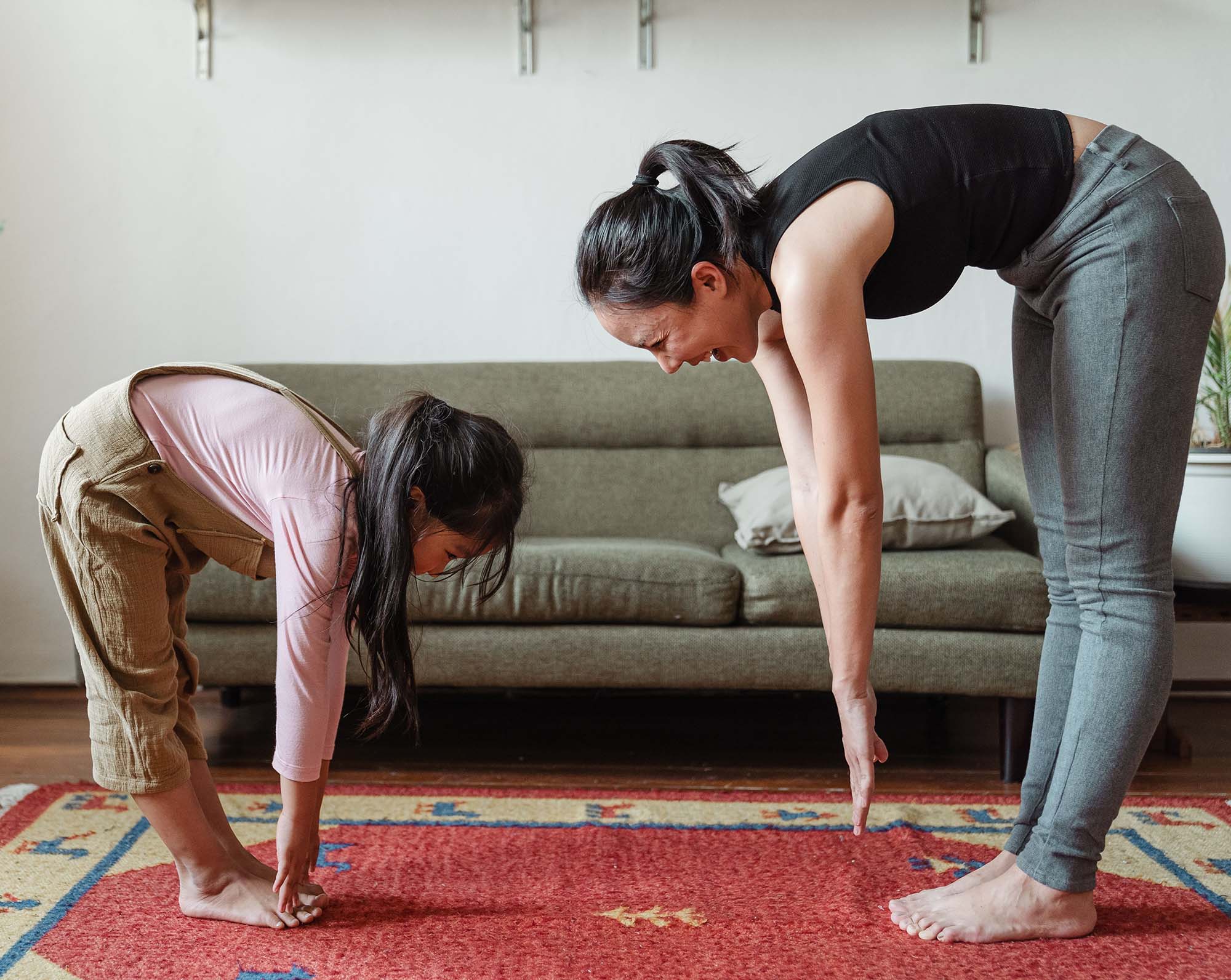Cookie
This website uses cookies to help us give you the best experience when you visit. By using this website you consent to our use of cookies. For more information please review our cookie policy. Cookie Policy
Simple Diabetes Home testing: What You Need to Know
Information Source.
by Celevida | 9 September 2021
Testing blood sugar is an essential part of your diabetes care plan. While staying in touch with your doctor is important for your treatment plan, you might need to test your blood sugar on your own as long as your doctor advises you to. Testing your own levels allows you to learn how to manage your blood sugar no matter the time of day or where you are. Learn how this test works and talk to your doctor about the benefits of self-monitoring.
What should I know about blood sugar test?
Usually, a blood glucose meter is used to check blood sugar. This meter measures the amount of sugar in a sample of blood, by pricking your fingertip with a small needle called a lancet, that you place on a disposable test strip. Your doctor can help you to select the meter that is best for you.1,2
When should I test my blood sugar?
Each person is different and unique. The number of times that you check your blood sugar will depend on the type of diabetes that you have and the type of medicine you take to treat your diabetes. Your doctor might tell you when and how often you need to check your levels. The most common times to check and test your blood sugar levels are before meals and at bedtime.1,3
How to Test Blood Sugar at Home?1,2
For home testing follow these general steps:
- 1. Wash your hands with soap and warm water. Do not use wet wipes as the glycerine in them can affect the test result.
- 2. Take a test strip and slot it into the meter to turn it on.
- 3. Prick the side of your fingertip with the lancet provided with your test kit. Avoid your thumb or index finger and try not to prick the middle, or too close to a nail.
- 4. Gently squeeze or massage your finger until a drop of blood forms.
- 5. Touch and hold the edge of the test strip to the drop of blood. It’ll tell you if the test strip is filled, usually by beeping.
- 6. Before you look at your reading, check your finger. If needed, use a tissue to stop bleeding.
- 7. The meter will display your blood glucose level on a screen after a few seconds and note it down in your log.
What is my target goal of blood sugar levels?1–3
- Before meals: Between 80 and 130 mg/dL (4.4 to 7.2 mmol/L)
- Two hours after meals: Less than 180 mg/dL (10.0 mmol/L)
It may sound obvious, but it is essential to record your readings. Note them down in a diary, a notebook for tracking your results. Having this information can help you identify patterns and potential problems. 1,2
Bring your record of results with you to your doctor’s appointments. Work closely with doctor and decide what changes you need to make to manage your blood sugar numbers better. If your blood sugar is too high or too low, your doctor might want you to adjust your physical activity and follow a balanced diet plan to reduce sugar levels for managing diabetes well.
Pro-tip for diabetes management: Sprinkle Dr. Reddy’s Celevida®*, designed specifically for diabetes care on foods** of your choice. It’s high protein and fiber content supports weight management that in turn helps to reduce the complications due to diabetes.
Check out these super healthy and delicious recipes made from Dr. Reddy’s Celevida® for diabetes care.
Disclaimer: *Please check with your doctor/ dietician for the inclusion of the products or recipes in your daily diet. **Do not cook the powder while adding it to any of the recipes.
- 1. Mayo Clinic. Blood sugar testing: why, when, and how. Available at: https://www.mayoclinic.org/diseases-conditions/diabetes/in-depth/blood-sugar/art-20046628. Accessed on: 10 February 2021.
- 2. Diabetes UK. Checking your blood glucose levels. Available at: https://www.diabetes.org.uk/guide-to-diabetes/managing-your-diabetes/testing. Accessed on: 10 February 2021.
- 3. National Institute of Diabetes and Digestive and Kidney Diseases. Know your blood sugar numbers: use them to manage your diabetes. Available at: https://www.niddk.nih.gov/health-information/diabetes/overview/managing-diabetes/know-blood-sugar-numbers. Accessed on: 21 December 2021.
RELATEDBLOGS.
5 Simple Stretches to Kick-Start Your Day
CELEVIDA MAXX
Stretching decreases the risk of injuries, increases blood circulation, reduces muscular tension, and makes body more flexible.
Read More
5 Easy Lower-Body Stretches to Do Everyday
CELEVIDA MAXX
No matter what exercise you do, stretching before and after can only benefit your performance.
Read More
Meet Turmeric: Nature’s Super Immunobooster
CURHEALTH
No matter what exercise you do, stretching before and after can only benefit your performance.
Read More
Subscribe to our newsletter
toll free no:
1800 425 0014
customerservices@drreddys.com



